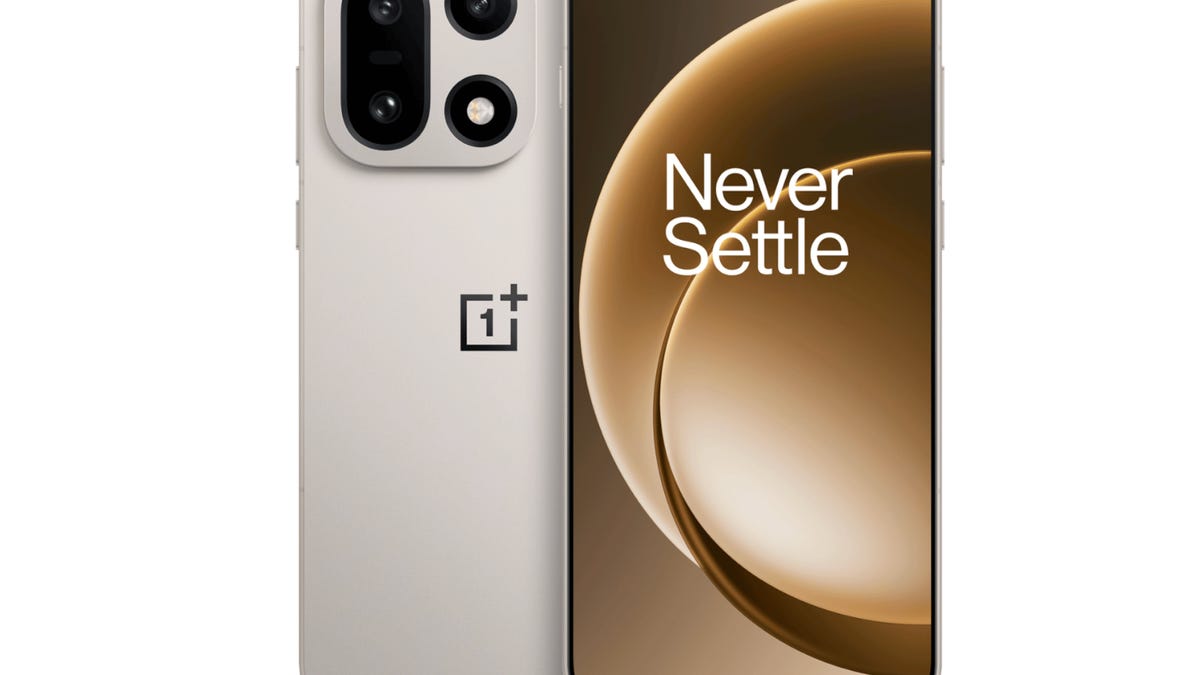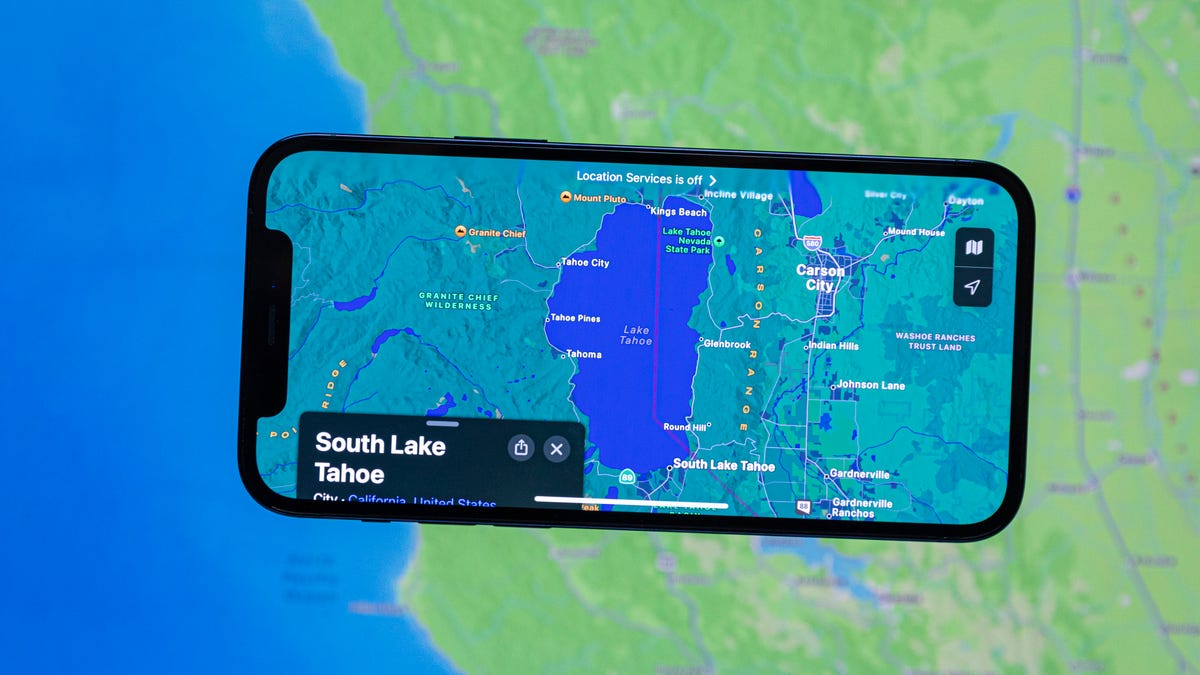Technologies
Bill Gates Has Published the Original Microsoft Source Code
It’s «the coolest code I’ve ever written,» the Microsoft co-founder says.

If you want to see the original source code that started Microsoft, Bill Gates is now sharing it. On Wednesday, the Microsoft co-founder posted it on his Gates Notes blog, reminiscing about the company’s early days for its 50th anniversary. Gates has written plenty of code in those five decades but he called this «the coolest code I’ve ever written.»
Sharing a photo of himself holding a huge pile of paper showing the code, Gates wrote that he was inspired by the January 1975 copy of Popular Electronics magazine. The magazine had featured a cover photo of an Altair 8800, a groundbreaking personal computer created by a small company called MITS.
The 19-year-old Gates and his Harvard pal Paul Allen reached out to Altair’s creators and told them they had a version of the programming language BASIC for the chip that the Altair 8800 ran on. Such software would let people program the Altair.
«There was just one problem,» Gates wrote. «We didn’t.»
Micro-Soft is born
Gates said he and friends «coded day and night for two months to create the software we said already existed.» Gates and Allen then presented the code to the president of MITS, who agreed to license the software. «Altair BASIC became the first product of our new company, which we decided to call Micro-Soft,» Gates wrote. «We later dropped the hyphen.»
And the rest, as they say, is software history. You can download that 50-year-old code from Gates’s post. «Computer programming has come a long way over the last 50 years, but I’m still super proud of how it turned out,» he wrote.
Read more: Best 16 Xbox Games Right Now
Melinda Gates: new book
Also making headlines this week was Gates’s former wife, Melinda French Gates, whose new book, The Next Day, comes out April 15. As that date approaches, she’s opening up about the end of her marriage to Gates.
The couple divorced in 2021 after 27 years and three children. According to People magazine, Melinda French Gates wrote in the book that in 2019 she was «having nightmares about a beautiful house collapsing all around her — and then waking up in a panic night after night.»
She acknowledged what Bill Gates has publicly stated — that he wasn’t always faithful in the marriage — and said she was also disturbed by Gates’s meetings with child sex offender Jeffrey Epstein. Bill Gates has since said he regrets meeting Epstein.
Melinda French Gates said her bad dreams would eventually change into images of her family on the edge of a cliff where she «plummeted» into a void. «I knew, in that moment, that I was going to have to make a decision — and that I was going to have to make it by myself,» she wrote, according to the People article.
Technologies
Battlefield 6’s Redsec Mode, Coming Tomorrow, Brings Battle Royale Back to the Series
Time to squad up and drop in on a new map.

The Battlefield franchise returned to its former glory with the release of Battlefield 6 earlier this month. The multiplayer military shooter is about to launch its first season of content and events, which will bring changes to the game as well as a new free-to-play battle royale mode.
Update 1.1.1.0 for Battlefield 6 will start Tuesday morning, and also releasing on the same day is Redsec, the game’s battle royale mode, according to posts from the official Battlefield account on Monday. The first season patch is set to go live at 5 a.m. ET/2 a.m. PT, while Redsec will launch at 11 a.m. ET/8 a.m. PT.
Redsec marks the franchise’s second attempt at a battle royale mode. Battlefield V had the Firestorm mode that launched in March 2019, five months after the game launched. It tried to capture the battle royale craze at the time, but it was largely forgotten by players, especially with the release of Call of Duty: Warzone the following year.
The Battlefield account did not provide many details about the upcoming battle royale mode on the Monday post, other than a 10-second teaser trailer. Developer Battlefield Studios did, however, teased some information last month.
Eyes up.
Plates on.#REDSEC arrives tomorrow at 8:00 PT / 15:00 UTC 🔴
🔔 set reminder: https://t.co/xuRd1LETVr pic.twitter.com/Lpi7sufuay— Battlefield (@Battlefield) October 27, 2025
A Battlefield Labs update from Sept. 10 outlined the testing done by players and some of the changes made before the launch of the mode. According to the developers, Redsec is going to have a new map where players can have access to transport vehicles and could eventually unlock armored vehicles to use during a match. During the test, players joined up in four-person squads, but it’s unclear whether there would be an option to play individually.
Like in Battlefield 6 matches, players can pick their classes before the match starts, but they won’t be able to change in the middle. They’ll be able to gain XP in a game from defeating other players or completing missions, and as they level up, players will unlock new traits to improve their soldier. During a match, the opportunities for destruction are everywhere as walls and buildings can be destroyed to stay within the shrinking ring of the map, which the developers say will be extremely deadly for those who venture outside of it as it collapses.
Before Redsec goes live, the first update to kick off season 1 will drop with a slew of improvements, which include refined animations, better accuracy on weapons, visual upgrades and map fixes to resolve issues that arise while playing a match. A longer list of what’s being changed with this first season was posted on the game’s official X account.
Battlefield 6 is out now for PC, PS5 and Xbox Series X and S consoles.
Technologies
OnePlus 15 Goes on Sale in China, and Its Global Launch Appears Imminent
The Chinese model is touting a 165Hz refresh rate and a big 7,300mAh battery.

The OnePlus 15 is now available to purchase in China, and it’s likely that a global model that would arrive in the US and the UK will be announced soon.
The Chinese edition of the phone comes in three colors: the previously announced Sand Storm model along with black and purple. Its 6.78-inch display supports a 165Hz refresh rate — which should be particularly smooth for gaming — along with a very large 7,300mAh battery. As expected among most new flagship Android phones, it will be powered by Qualcomm’s Snapdragon 8 Elite Gen 5. The phone also touts a 120-watt wired charging speed, although it’s worth noting that historically those charging speeds do not typically carry over to the US model. It also supports 50W wireless charging.
The phone’s cameras include a 50-megapixel wide, 50-megapixel ultrawide and a 50-megapixel telephoto with a 3.5x optical zoom. On the front is a 32-megapixel selfie camera.
The store lists a presale price of 4,899 Chinese Yuan, which roughly translates to $689, £515 and AU$1,050. The OnePlus 15 starts with 12GB of memory and 256GB of storage and goes up to 16GB of memory coupled with 1TB of storage.
While not all of these specs are guaranteed to show up with an eventual global release of the OnePlus 15, it doesn’t appear we’ll be waiting too much longer to find out. The UK edition of the OnePlus website is teasing the forthcoming global model, showing a photo of it on its homepage. This marks an earlier unveiling than typical for OnePlus, as the OnePlus 13 released back in January of this year (we’ve asked OnePlus why 14 is being skipped, although OnePlus did skip the number 4 when moving from OnePlus 3 in 2016 to OnePlus 5 in 2017).
There’s also a few additional clarifications regarding the OnePlus 15 that weren’t readily apparent on the Chinese website. For instance, OnePlus previously announced that the Sand Storm model will be made from a material that’s 1.3 times as tough as titanium, but the current website does not make clear if there will be a price difference for that model versus black and purple.
It also does not appear that magnetic wireless charging will be available on this phone, but it’s possible that OnePlus will ship a case that features magnets like it did with the OnePlus 13. The OnePlus 13 also went on sale alongside a lower-cost OnePlus 13R model globally, but in China it appears it’s going on sale with the OnePlus Ace 6, the latter featuring an even larger 7,800mAh battery.
Until we get that official global announcement, for now we can use this Chinese announcement to continue to glean more clues about what the OnePlus 15 will look like.
Technologies
Apple Maps Could Include Ads Starting Next Year, Report Says
Apple’s plan to bring promoted-business advertising to Maps may come to fruition in 2026.

Those who use Apple Maps might see advertising in the app as early as next year, according to a report from Bloomberg’s Power On newsletter. The newsletter’s author, Mark Gurman, previously reported that Apple is working to incorporate advertising into parts of its iOS mobile software. The Maps integration would be part of that larger plan.
Don’t miss any of our unbiased tech content and lab-based reviews. Add CNET as a preferred Google source.
The ads wouldn’t be pop-ups or commercials. More likely, Apple would allow businesses to pay for promoted spots that would appear in Maps search results, according to Gurman. But he says in the newsletter that the change could risk a backlash from users who are already bristling at the number of promotions they’re seeing in Apple Music, TV and News apps.
A representative for Apple did not immediately respond to a request for comment.
Google Maps, Apple’s leading competitor, has been serving ads in its iPhone app since 2009.
With the introduction of iOS 26 in September, Apple Maps added a Visited Places feature that tracks where people who use the app have been. The feature was opt-in and can be disabled.
-

 Technologies3 года ago
Technologies3 года agoTech Companies Need to Be Held Accountable for Security, Experts Say
-

 Technologies3 года ago
Technologies3 года agoBest Handheld Game Console in 2023
-

 Technologies3 года ago
Technologies3 года agoTighten Up Your VR Game With the Best Head Straps for Quest 2
-

 Technologies4 года ago
Technologies4 года agoVerum, Wickr and Threema: next generation secured messengers
-

 Technologies4 года ago
Technologies4 года agoBlack Friday 2021: The best deals on TVs, headphones, kitchenware, and more
-

 Technologies4 года ago
Technologies4 года agoGoogle to require vaccinations as Silicon Valley rethinks return-to-office policies
-

 Technologies4 года ago
Technologies4 года agoOlivia Harlan Dekker for Verum Messenger
-

 Technologies4 года ago
Technologies4 года agoiPhone 13 event: How to watch Apple’s big announcement tomorrow
